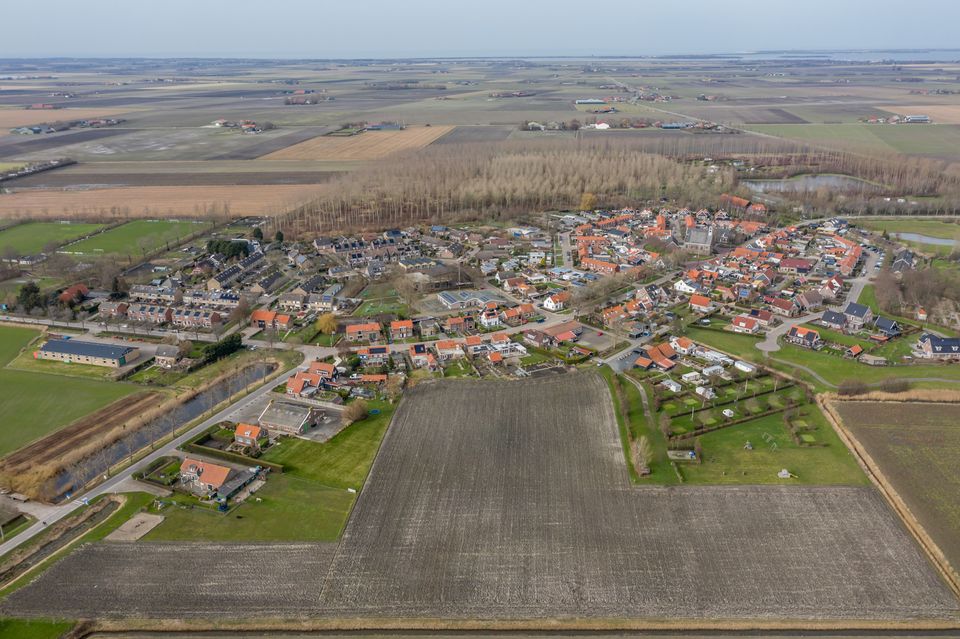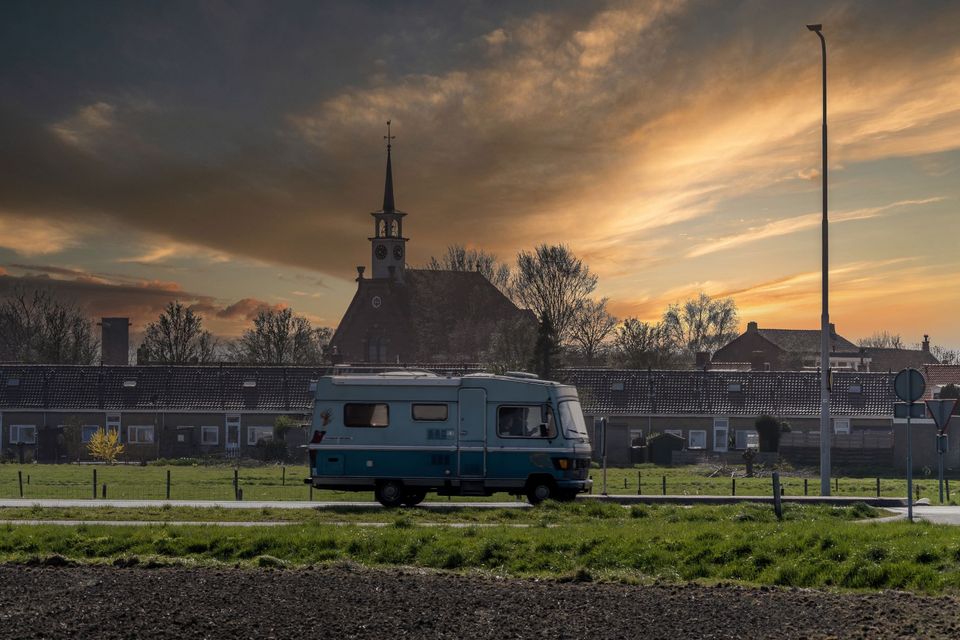Kerkwerve
Kerkwerve is a village on Schouwen-Duiveland. The village has around 990 inhabitants. Until 1961, Kerkwerve was an independent municipality, and afterwards, it was part of the municipality of Middenschouwen until 1997. Kerkwerve is said to have originated around 1200 during the land reclamation of Schouwen. The church is located on an elevated terrain, also known as a terp, werf, or werve, hence the name. The current church was built in 1900 to replace the demolished church in 1899, which was dedicated to St. Pancratius. In 1813, the municipalities of Rengerskerke and Nieuwerkerke were merged with Kerkwerve.
The coat of arms of Kerkwerve consists of three horiz…
Kerkwerve is a village on Schouwen-Duiveland. The village has around 990 inhabitants. Until 1961, Kerkwerve was an independent municipality, and afterwards, it was part of the municipality of Middenschouwen until 1997. Kerkwerve is said to have originated around 1200 during the land reclamation of Schouwen. The church is located on an elevated terrain, also known as a terp, werf, or werve, hence the name. The current church was built in 1900 to replace the demolished church in 1899, which was dedicated to St. Pancratius. In 1813, the municipalities of Rengerskerke and Nieuwerkerke were merged with Kerkwerve.
The coat of arms of Kerkwerve consists of three horizontal stripes in the colors sinopel (green), gold, and keel (red). This coat of arms was used in the same form in the 17th century and confirmed as the municipal coat of arms on July 31, 1817. On December 5, 1950, a new coat of arms was confirmed, with the left half of the shield containing the coats of arms of the former municipalities of Rengerskerke and Nieuwerkerke, and the shield topped with a golden three-leaved crown.


